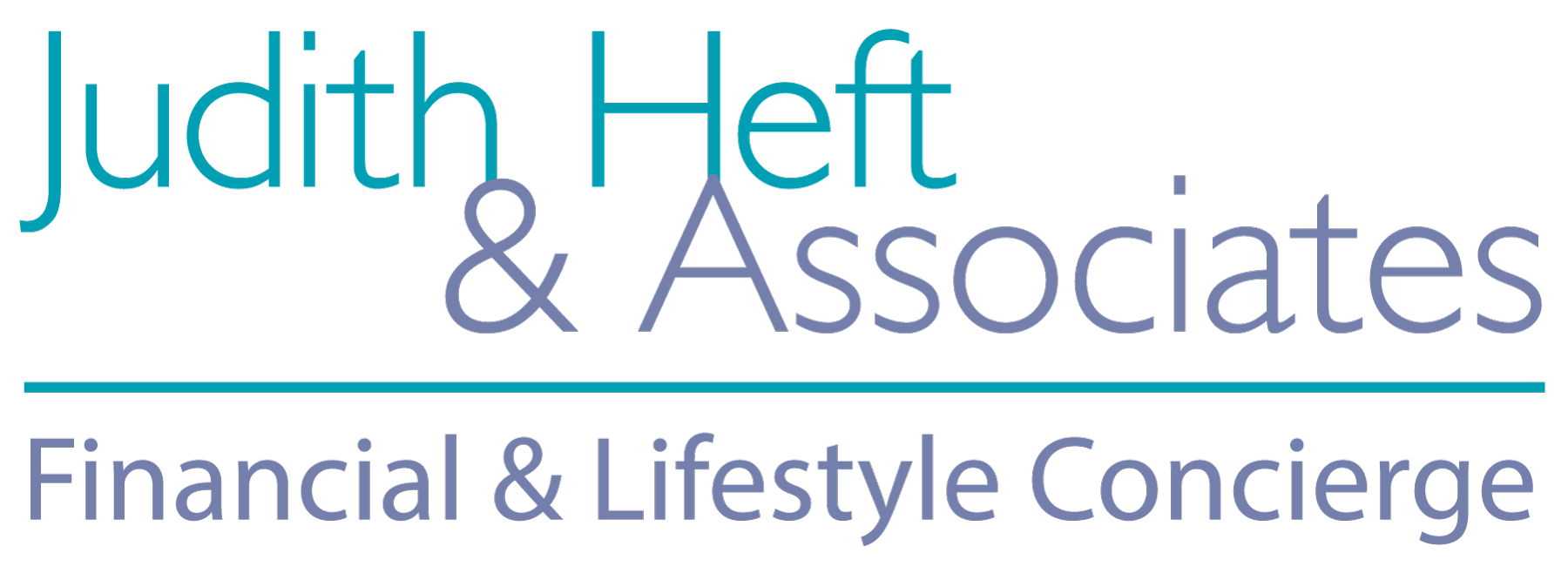Judith Heft & Associates is proud to announce the formation of the Judith Heft & Associates Financial Management Program — or FMP. It is modeled after the Profit First Method for businesses. I am always impressed with Profit First. So much so, we use it to teach our individual clients how to manage their finances.
The JHA Financial Management Program centers around using buckets to reach your goals. In plain language, putting your income into buckets earmarked for certain categories. This allows you to take care of multiple goals at the same time. This is done by dividing your income into smaller amounts. Each amount only gets spent on whatever bucket it is assigned to. There’s no mixing, matching, or commingling. It resonates with me so much because this is what my father did at the family business. Except, my dad did it the old-fashioned way.
Retail businesses collect sales tax. This is really a cash loan from the government. Whenever my dad cashed out the register at the end of the day, he would take a letter-sized envelope and add up all the sales tax. He’d count out the cash and put it in an envelope, writing the date and the amount on the envelope. Then at the end of the month, he had all that money when the sales tax was due — so we never had to worry about not being good stewards of money that belonged to the government, not us.
JHA’s Financial Management Program
When I read the Profit First book, it resonated with me because that’s what my dad was doing. Only back then it was paper and pencil! It was all about allocation.
Here are ways you can incorporate allocation into your personal lifestyle. I think it’s good to start with this right away.
- Income account: If you’re a W2 employee or 1099 contractor and you get a salary, this is where your direct deposit goes. Be sure to include any bonuses. This account is more of a waiting room for your money than anything else.
- Operating account: Even though this is a business term, it really is how you run your household. You use your operating account to live on; pay your mortgage or rent; and pay your utilities and other bills. All of that should come out of the operating account.
- Kids account: This account is a catch-all for everything that has to do with your kids’ education, as well as any extra expenses. 529 plans are different from checking or savings accounts in that they can only pay for education — so a banking account has to back it up for non-educational goals.
- Emergency savings account: Since the goal is never to use this account, managing it is pretty much confined to deposits. You should periodically recalculate what percentage you can put into it, but other than that, fuhgeddaboudit. Stash away at least three to six months’ of living expenses here.
- Tax account: This is useful if you’re an entrepreneur or a 1099 contractor and you have to pay estimated taxes every quarter — or if you manage a retail store like my dad.
- The last and most important account you should open is your profit account. Open it at a different bank, preferably somewhere that is inconvenient to get to. Your profit account is your proverbial buried stash of treasure. This is where you can treat yourself to that piece of jewelry you have been coveting, take a great vacation or do a home renovation.
Allocation has worked for me, and we try to teach it to our clients as a mechanism to save money. It’s also a good way to learn how to budget and create a spending plan. You can set it all up on an Excel spreadsheet and see all the different percentages that are being allocated to each account you have. Start with a small profit percentage and adjust it as your income increases.
A lot of people have said to me that they don’t want to have so many accounts because it costs money to maintain them. My secret is to work with a small bank. A community bank has more flexibility to negotiate because they want your business more. They’re often willing to waive fees if you keep minimal amounts in each checking account.
We always tell our clients that running a household is like running a small business, and you really need to know what you’re doing. You need to know your income and expenses, and using business terminology helps people to know their numbers for some reason! Embrace it. And if you need help, contact us.


Recent Comments